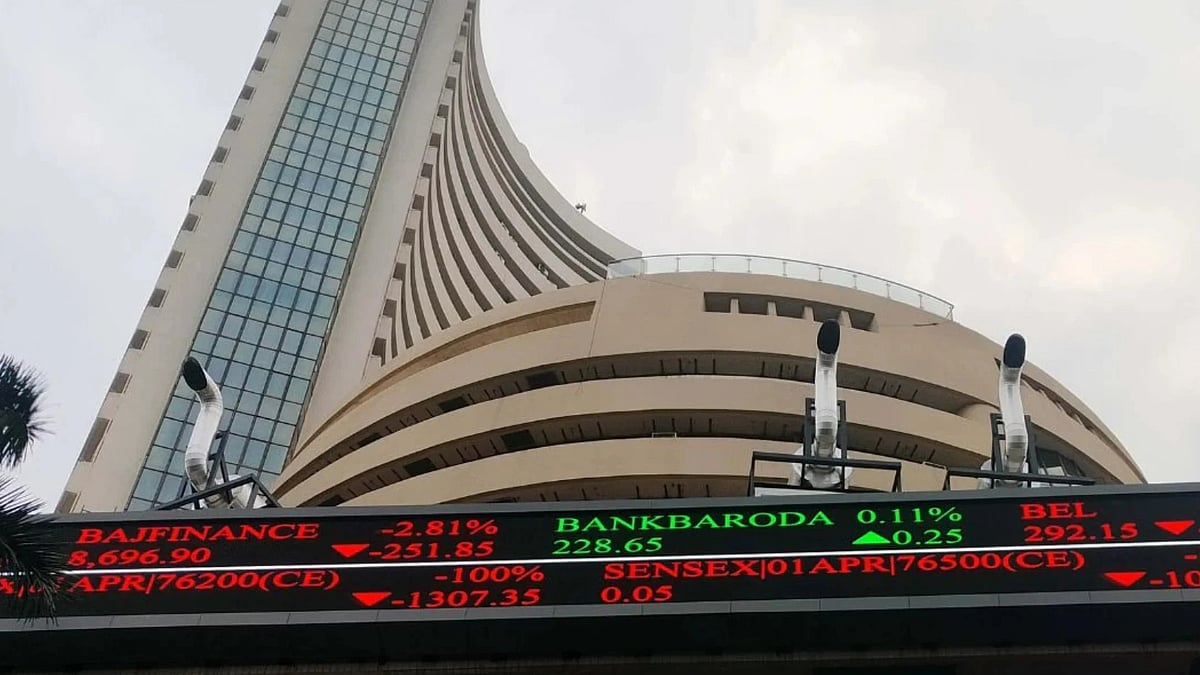There are various styles of investment. But, active and passive strategies are the most discussed ones among investors. The debate on which style to follow is a never-ending one. Here, it would be safe to say that investors should choose a strategy based on their expertise and goals. Risk-taking ability and time frame are also important to decide which style to adopt.
Let's examine the merits and demerits of both strategies:
Active Investment:
An Active investing strategy involves ongoing buying and selling activity by the investors. The preferred holding period here is shorter or medium-term. It also involves continuous monitoring of market developments to exploit profitable conditions.
Active investment requires a deeper understanding and hold on the market pulse. It requires sharper and frequent analysis of when and why the prices will change.
Passive Investment:
Unlike active investment, passive strategy explores the long term opportunities in the market. It requires a buy-and-hold mentality and investors track returns against the benchmark index.
This strategy requires very little churn in the portfolio. Decision making here is slow and infrequent. Hence, this is a hassle-free and laid back investment approach.
Pros & Cons:
Active investment is a high risk, high return strategy. Active risk management allows investors to align their portfolio with current market conditions. Investors can take advantage of short-term trading opportunities arising out of volatile conditions.
A major drawback is that the portfolio manager often requires to make changes to the portfolio. It increases the management expense. They often need to predict the right time to buy or sell. with frequent decision making, chances of the decisions going wrong are also high.
A passive strategy doesn't involve quick decision making and reduces mistakes. It is also less expensive and saves a lot on transaction costs. Buy and hold strategy also results in major savings on capital gain taxes.
The major drawback here is that the investment universe becomes too small. Performance assessment is also difficult. As it can be carried only in the long term, short term losses are difficult to assess. This method also costs a lot of short term opportunities.
Key Takeaways:
Past performance of passive strategy has been better but the scenario is changing. Active style is becoming more popular now due to the entry of dynamic fund managers.
More investors are turning to experienced fund managers. It has put the trend of active investment in #Teji over the other.









